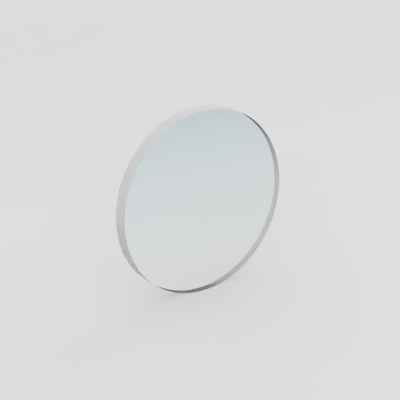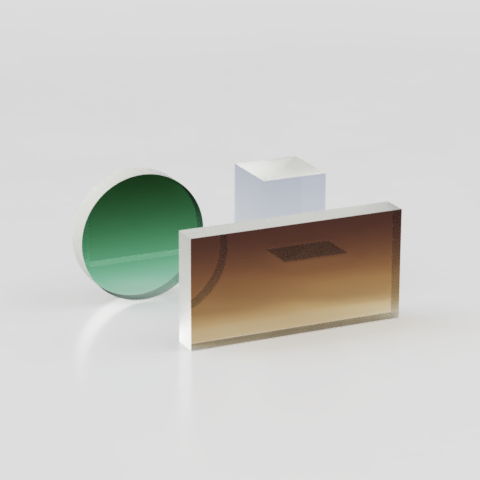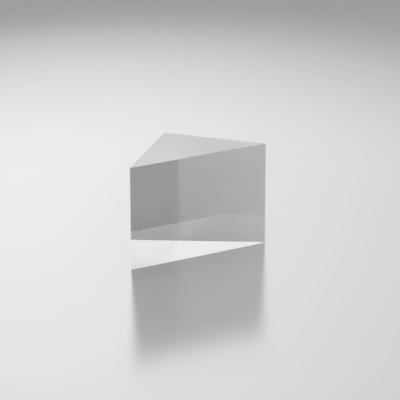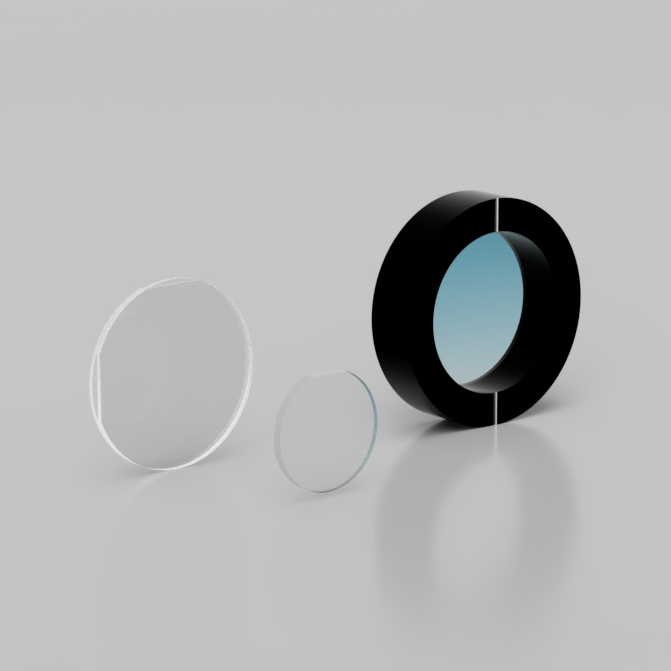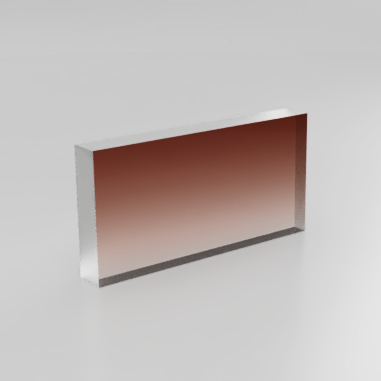Products By Photonic Solutions UAB
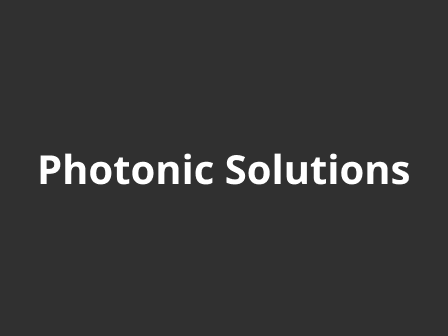
Windows are used to protect more expensive optical parts from harsh environments or debris. The other task of the window is to transmit radiation with minimum losses. For this reason, protective windows are made of carefully chosen material and are AR/AR coated for the specific spectral range used in the application. Windows available from stock.
Polarizers are mainly used to clean polarization or in combination with a waveplate to act as a power attenuator. The typical extinction ratio of polarizers (cubes) designed for narrow wavelength range is >500:1, and >1000:1 ratio could be reached for thin film polarizers (TFP). Polarizers available from stock.
Prisms are mainly used to reflect the beam in some specific direction and to have the required orientation of the image. The most common type of prism is the right angle. When the beam enters from the hypotenuse side it’s reflected back by total internal reflection with a minimum beam deviation. Hypotenuse face is typically coated with AR to have minimum reflection losses. Prisms available from stock.
Waveplates manipulate light polarization via retardation in birefringent crystals. The waveplate’s thickness and configuration determines retardation. Various configurations exist, including single plate, optically contacted or air-spaced options. Air-spaced achromatic waveplates provide retardation across broad wavelength range. Waveplates available from stock.
Dichroic mirrors also known as wavelength separators or combiners are used in various applications. One of the most common use in resonators is to transmit pump and reflect lasing wavelengths. Outside of the resonator, optics are used for harmonic separation. Diode laser systems use many such optical elements to combine various wavelengths. Dichroic mirrors available from stock.

